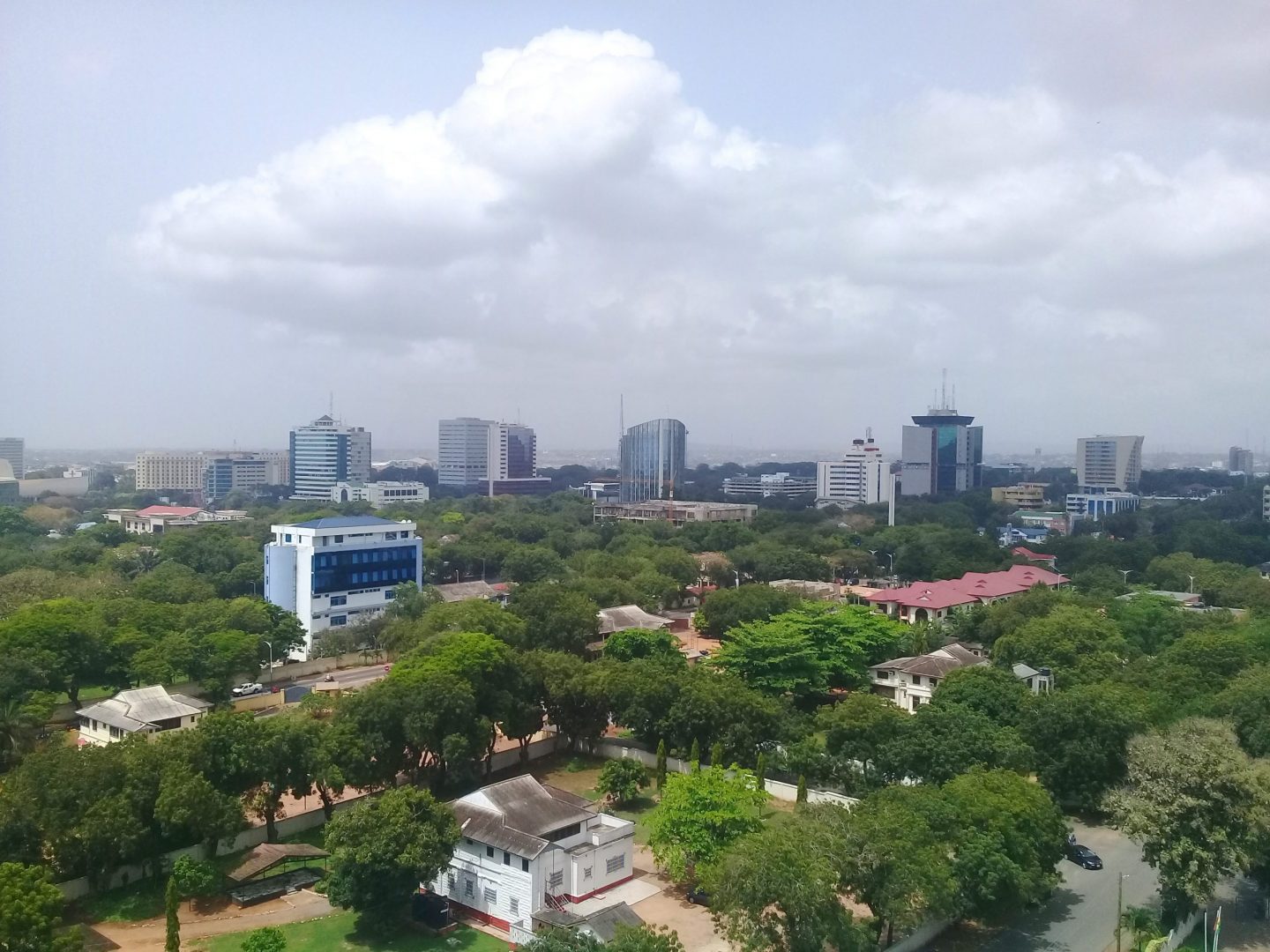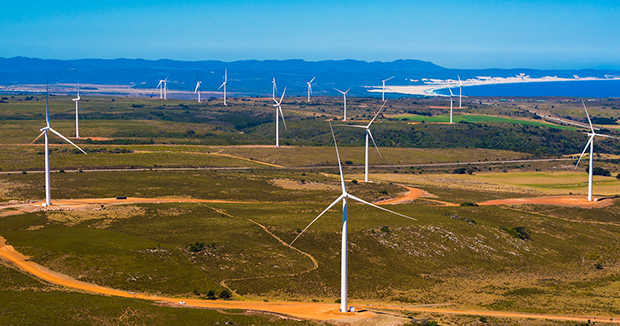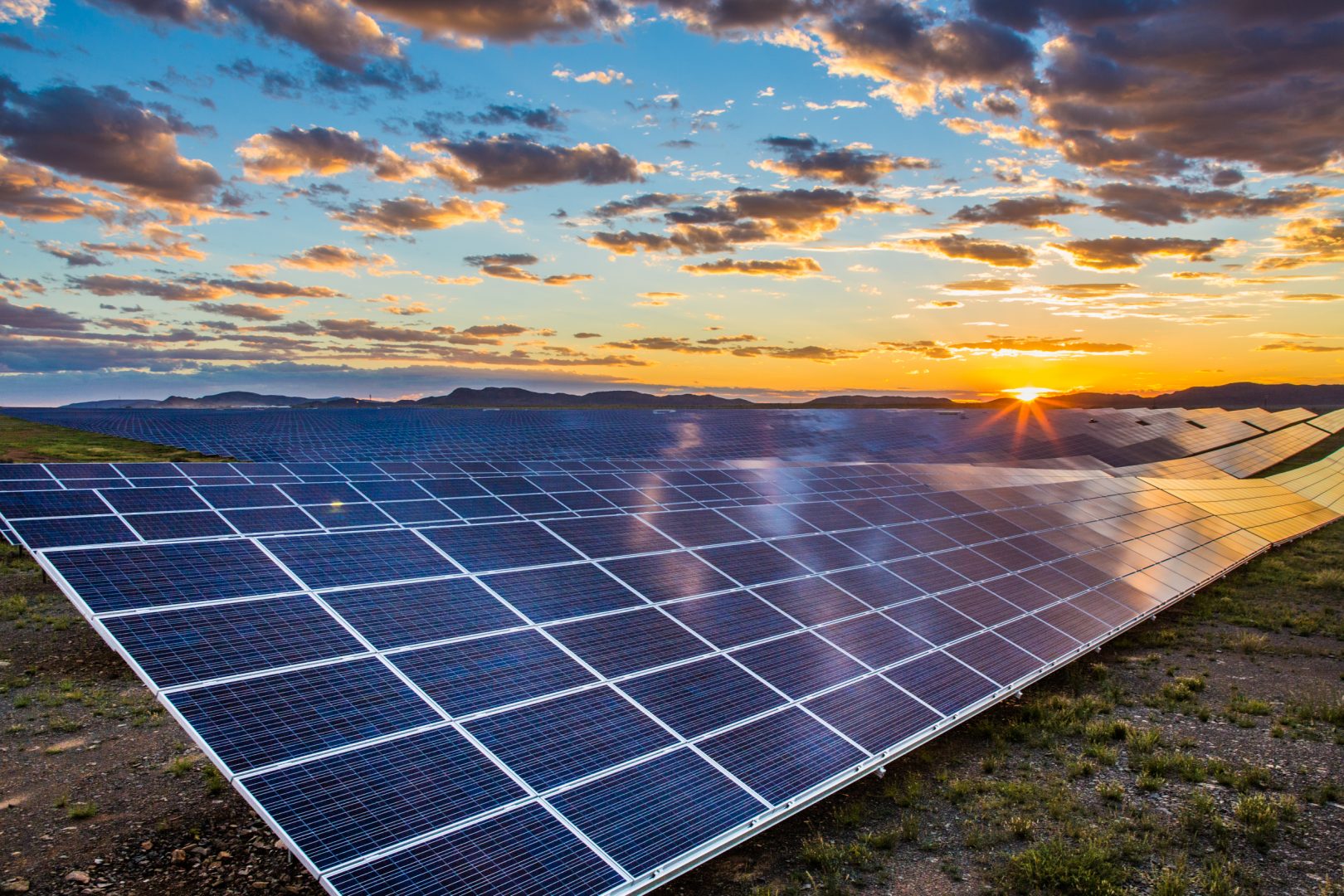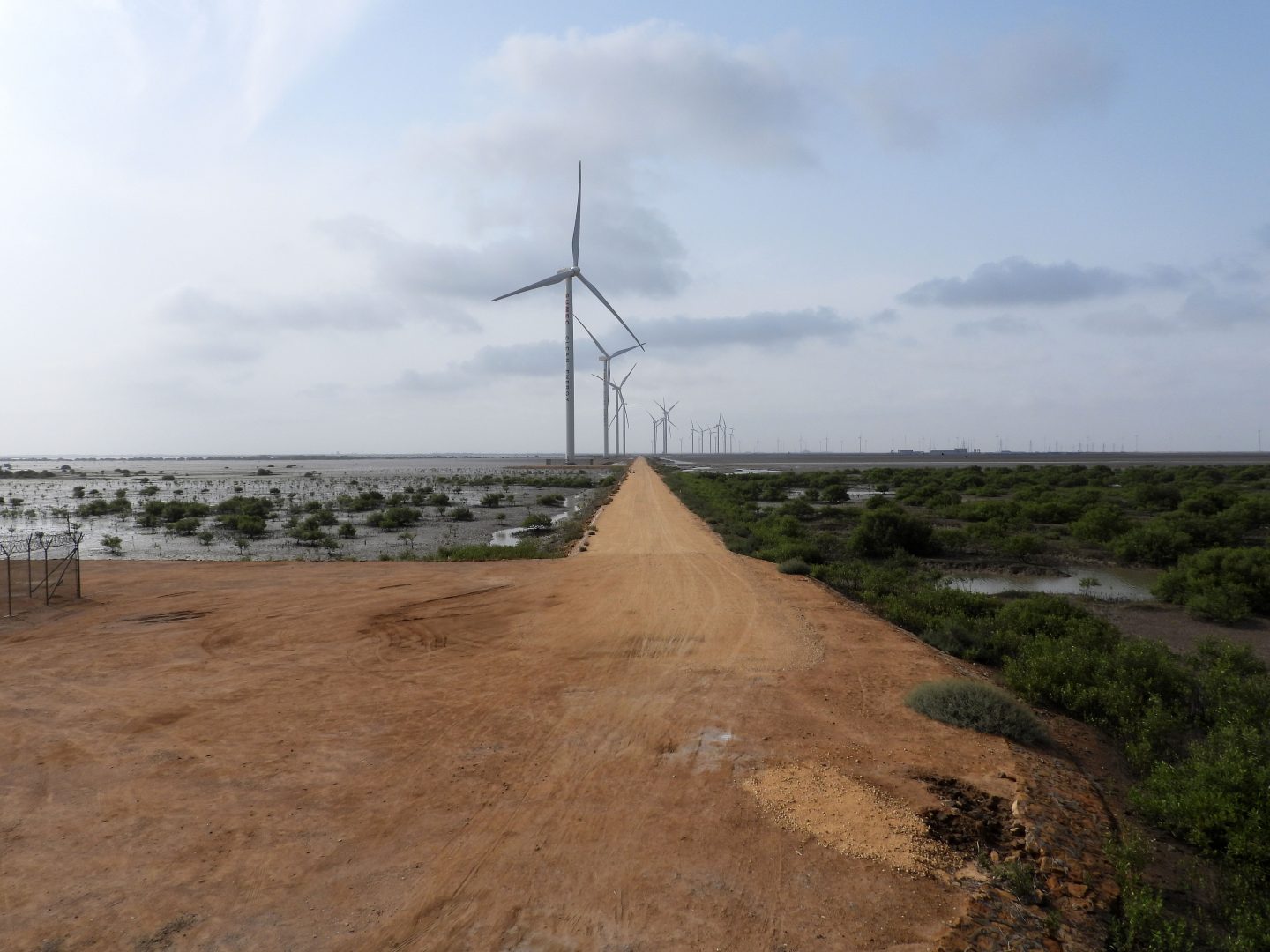COP26 brought world leaders together in Glasgow for an event billed as the “last best hope” for “keeping 1.5 alive.”
The endgame around the final Glasgow Climate Pact was dominated by the focus on whether to ‘phase out’ or ‘phase down’ coal, which was referenced for the first time in a UN climate agreement.
The Glasgow Pact has successfully kept the 1.5C Paris temperature goal within reach; alive but the pulse is weak.
These all important negotiated outcomes were backed up by several new government coalitions and announcements including an end to deforestation by 2030, to cut methane emissions, and to scale up investment in clean technologies.
And at the summit, CDC announced our plan to invest over £3 billion to support emerging economies in Africa and Asia to combat the climate emergency. Our commitment will make us one of the largest climate finance investors in Africa and the countries where we invest in South Asia.
As I reflect on the conference, here are my thoughts on what needs to happen now if we are to live up to the promises made in Glasgow, as well as the role development finance can play.
1. Prioritise delivering climate finance to developing economies
It is now beyond doubt that emerging economies will shoulder the burden of the climate crisis and at COP we heard first-hand about the challenges they are already facing. We now need concrete action to show we listened.
The most recent Global Climate Risk Index showed that eight out of the ten countries most affected by the ‘quantified impacts of extreme weather events’ in 2019 were low- to lower-middle income and half of them are categorised as least developed countries.
Ahead of COP we released the inaugural CDC Emerging Economies Climate Report 2021 which detailed how climate change is already affecting businesses in developing countries and what they need from the international community. Nearly half of respondents reported they have experienced an extreme weather event that has affected their businesses, and 86 per cent said climate change would negatively impact their business over the next decade. The findings highlight the scale of the impact that the crisis is already having on some of the world’s most vulnerable countries and people, and show one part of the wider story we have heard at COP.
It is disappointing that wealthier nations will miss their 2020 target to provide $100 billion a year in climate finance to help developing countries. However, the renewed focus on reaching the target is welcome and I hope that in the wake of COP26, climate finance action in developing countries is central to the global climate crisis response. It is not only right but it is the only way we will effectively meet the challenge.
2. Commit to adaptation and resilience
Given the extent to which many developing countries are already feeling the impact of climate change, putting these needs at the heart of climate action also means committing to adaptation and resilience measures, alongside climate mitigation.
At CDC we’re working to ensure our investments across all sectors are resilient to climate change. First, that means working with our investee companies to identify, assess and manage physical climate risks to ensure they are resilient to climate change. And second, we’re investing in businesses that provide adaptation and resilience solutions for sectors, businesses and communities.
As Former UN Secretary General Ban Ki-moon, now chair of the Global Center on Adaptation, said at an event we held on climate adaptation and resilience: “Mitigation and adaptation are two ways of addressing climate change…but they should go together hand in hand.”
This is why CDC is proud to be a founding member of the Adaptation & Resilience Investors Collaborative, an alliance to address key hurdles to private investment in climate adaptation and resilience in developing countries. At COP, the alliance announced its commitment to substantially increase investments in adaptation and resilience to support these countries.
At the same time, we are increasing our investment in venture capital investment in early-stage, technology-based businesses that have the potential to play a vital role in the fight against climate change. We know that there are a growing number of companies offering adaptation solutions, as well as innovative solutions for climate mitigation, in developing markets, but they struggle to receive the funding they need to grow. This will be supported by the £200 million Climate Innovation Facility announced by the UK Government. We cannot meet the challenge of climate change without scaling up new technologies to combat the causes and effects of the crisis.
3. Ensure the transition to net zero and resilient economies is equitable and inclusive
Reaching net zero by 2050 must be done in a way that is fair and inclusive to the most vulnerable people and communities. When climate expert Dr Tara Shine spoke to us last year, she emphasised the need for an inclusive path to net zero.
As a DFI which has always considered the importance of creating decent jobs, we are particularly focused on the economic opportunities for communities and individuals as countries make the transition to a green economy. That’s why a commitment to supporting a just transition is one of the three pillars of our Climate Change Strategy.
In particular, there is a clear connection between climate and gender equality. Women are disproportionately impacted by climate change, and at the same time, the climate crisis won’t be solved without women’s equal participation in solutions. At COP, we launched a new Gender-Smart Climate Finance Guide to support investors who want to do more to support businesses that are considering climate and gender together.
I am encouraged by the increasing focus on integrating the social dimension of climate change to ensure individuals and communities reap the opportunities of the transition. I hope that the climate finance commitments made at COP are implemented in a way that meets the needs of the most vulnerable.
4. Use blended finance as a route to impactful climate finance
Blended finance – investment structures combining public development finance with private capital where the public capital takes on a higher level of risk – is a critical tool to mobilise capital for development needs, creating opportunities for private investors who would not otherwise be able to take on the risk of emerging market investments. However, it is an under-used tool in climate finance.
According to the Grantham Institute at the London School of Economics, we need to invest $3 trillion of climate finance annually if we are to reach net zero targets. There is no way we can hope to meet these targets without investment from private finance.
Leveraging blended finance can help bridge the gap, with DFIs and other publicly funded bodies taking on a higher level of risk to fund climate solutions, to create opportunities for mainstream investors to bring much-needed private capital.
This is why the Global Energy Alliance for People and Planet, announced at COP to mobilise $100 billion of climate finance over the next 10 years, is such a monumental and critical platform. The alliance, to which CDC is an investment partner, brings together philanthropists and public finance actors to unlock financing for renewable power, to avert carbon emissions and create millions of jobs.
This type of risk-taking capital is critical to climate solutions. I urge other investors to consider how they can come forward with risk-tolerant capital to create and scale opportunities.
5. Align the portfolios of private finance with the Paris Agreement
As part of CDC’s commitment to achieve net zero emissions by 2050 at a portfolio level, we are currently working on our carbon budget and interim emissions targets.
I am encouraged by the news that under the Glasgow Financial Alliance for Net Zero, 450 firms, representing $130 trillion of assets, have now pledged to meet the goals of the Paris Agreement. It is a welcome increase from the $70 trillion committed when the alliance launched in April.
The effectiveness now is in the delivery. I encourage those institutions that have signed up to implement a credible net zero framework. The role of the global financial sector in meeting net zero by 2050 is critical.
None of these five areas for action are easy and all require significant capital and commitment. However, we have no other options left. Climate solutions which do not account for the needs of developing countries – who are already feeling the impacts of temperature rises – will not be meaningful. And those which do not bring both public and private investors to the table will be insufficient. I hope the words and promises at COP26 turn into actions that meet the challenge of the climate crisis and ensure that no one is left behind.
You can find out more about recent climate finance investments and stories from people leading companies we invest in on our dedicated COP website page.













